
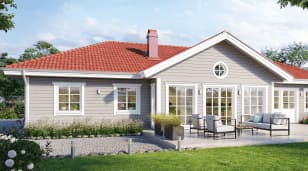
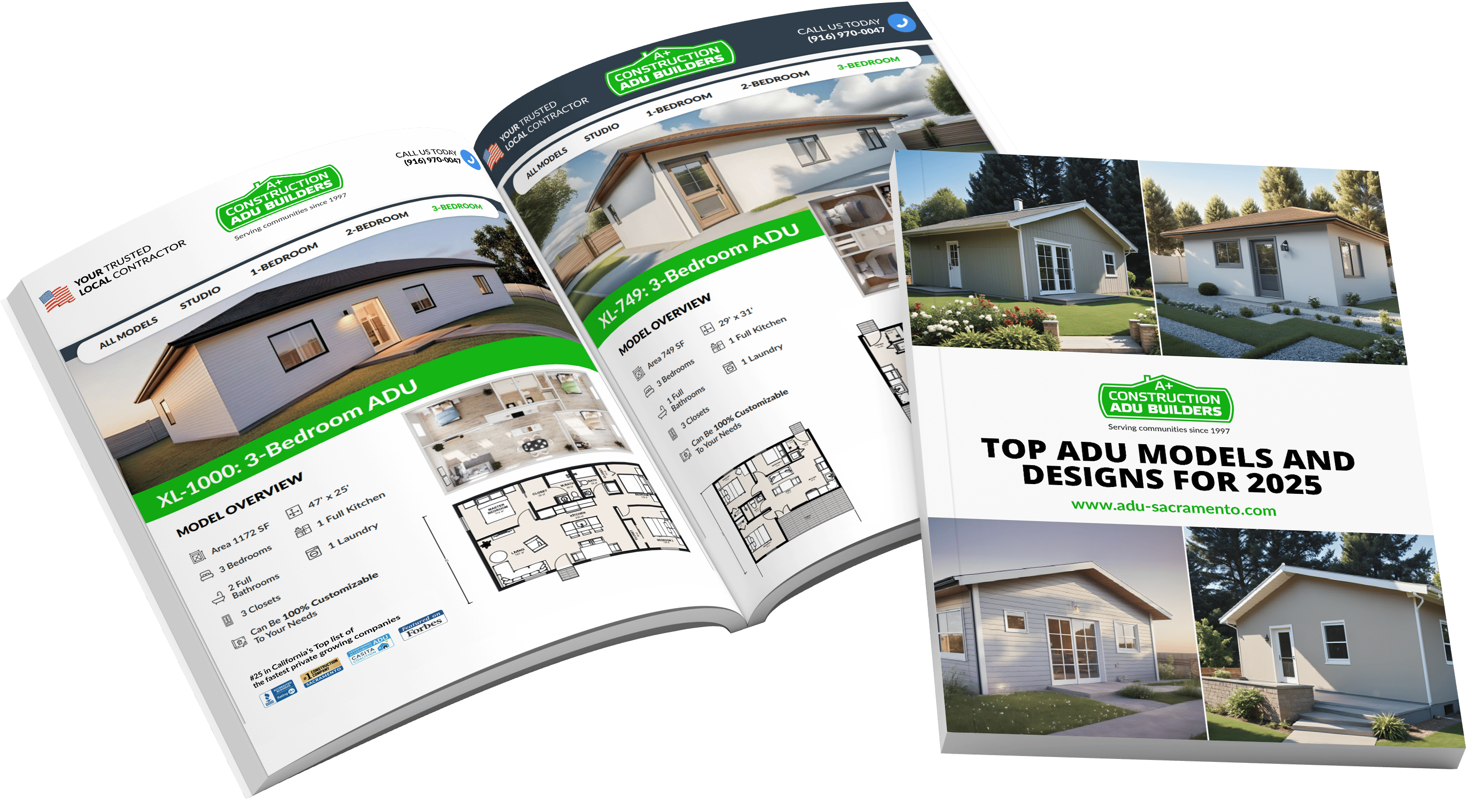


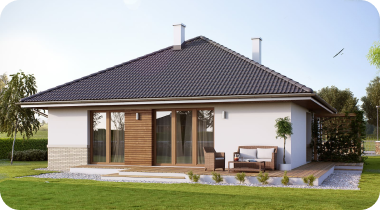
A link to download your FREE brochure will be in your inbox in 3 minutes
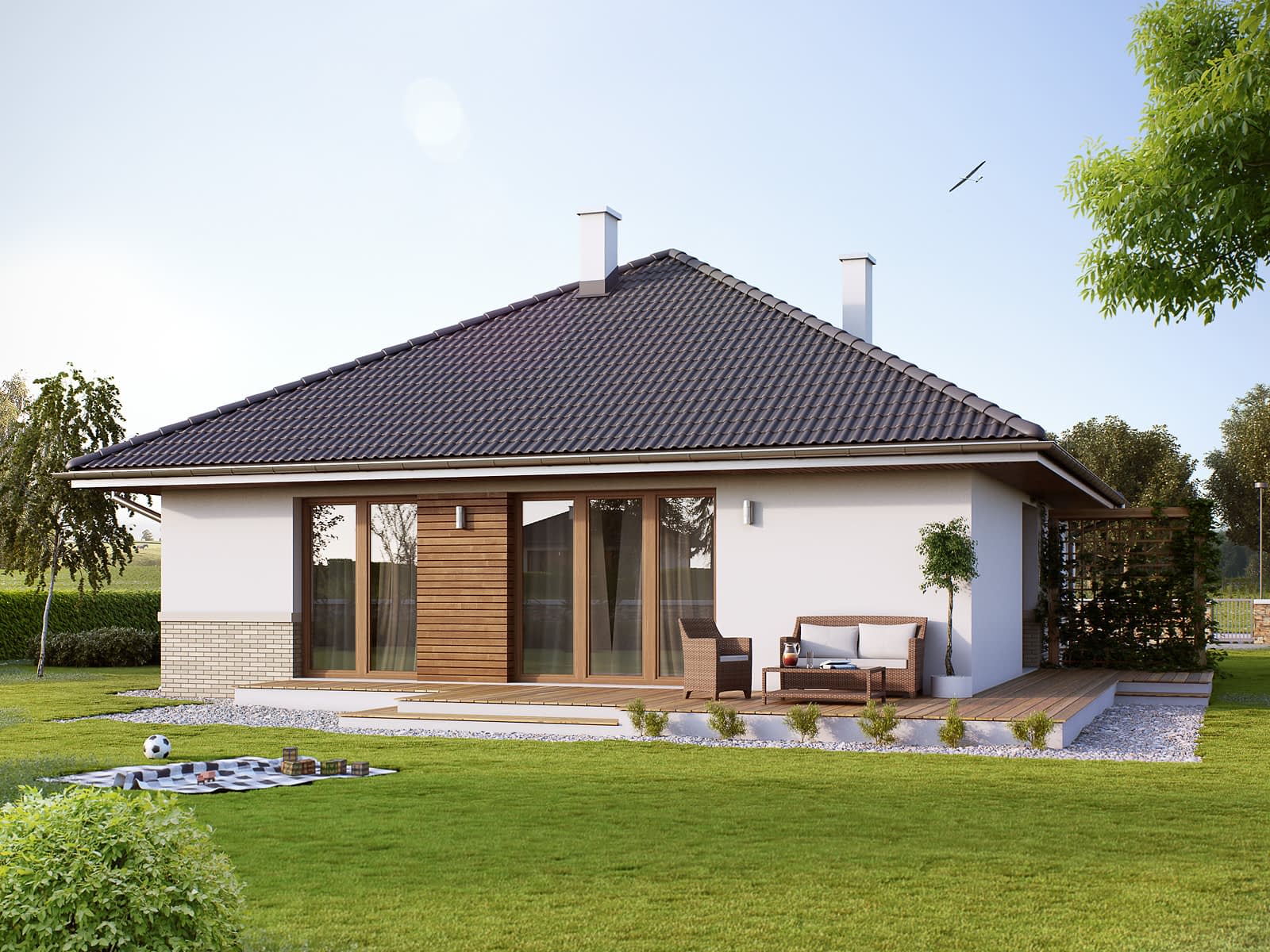


















The final price may vary based on project specifics.
To get a free accurate quote tailored to your needs, book a consultation with us today!

The price per square foot provided is an average and may vary depending on project-specific details such as materials, location, complexity, and other factors. Actual costs may differ from the average provided.
It is recommended to obtain a detailed quote based on the specific requirements of your project.

Please note that the monthly payment displayed on this page is an estimate and is subject to variation based on the selected loan product, applicants credit score, loan amount, and other financial details. Actual monthly payment may differ from the estimate provided.
It is recommended to seek advice from a financial advisor or loan officer to obtain precise payment information tailored to individual circumstances.
 Your Trusted
Local Contractor
Your Trusted
Local Contractor

Have you ever gazed across an empty plot of land and wondered, "How many cozy, quaint tiny homes could snugly fit into this space?" Or maybe you have heard about fairytale-looking tiny house communities and wondered how many tiny houses they offered for living and rent?
If you're captivated by the allure of tiny homes and tiny house villages, just like I am, then you're in the right place. This guide will shine a light on the ins, outs, and in-betweens of tiny home arrangements on your land.
If the query on your mind is "how many tiny homes can fit on an acre?", then you're not alone. From tiny house enthusiasts to potential investors in tiny house communities, this question resonates with many. Here, we delve deep into tiny house density, zoning regulations, building codes, and more to shed light on the tiny living potential of your land.
In the dappled embrace of a spacious lot, imagine not just one, but several tiny homes, each telling its own unique tale. This ensemble can be a symphony of design, functionality, and dreamy aspirations. Picture a central tiny home, a beacon of communal gatherings, where laughter and shared meals knit and tiny homeowners' bonds tighter. Adjacently, individual tiny havens can be sanctuaries of solitude or specialized spaces – an artist’s studio kissed by the morning sun, a tranquil yoga retreat, a movie theater room, or even a tiny greenhouse bursting with life. Each tiny structure, while individually significant, can collectively create a harmonious tiny house community, a village of dreams.
By thoughtfully placing multiple tiny homes on a single lot, one doesn’t just maximize space; they create an intricate tapestry of experiences, a mosaic of memories, blending the intimacy of individuality with the warmth of togetherness.
Tiny houses, with their average footprint ranging from 100 to 400 square feet, offer an insightful glimpse into the future of affordable housing. Compared to traditional houses that occupy over 2,000 square feet, the space efficiency of tiny homes is undeniably impressive. Inside a tiny house, every inch is meticulously crafted. Design innovations include furniture that serves dual purposes and storage that maximizes vertical space. Such innovations have helped make tiny home living both functional and popular.
Building tiny homes for permanent living allows you to lead a simple life with minimum expenses and low property taxes, which is ideal for small community residents. A small family house for a young family, for young adults or retired parents—if you're searching for one of such places, functional and practical tiny home units suit you right.
When people wonder "how many tiny houses per acre?", they're often amazed by the potential density.
An acre encompasses 43,560 square feet. If each tiny home, including parking space and a bit of green space, averages around 300 square feet, a simple calculation suggests:
With that being said, building a tiny house instead or alongside with the primary dwelling generates more efficiently organized space. Minimum size and maximum benefits from using this space.
Whether you're looking into establishing tiny home communities in an urban or rural setting, local rules and regulations significantly influence your plans.
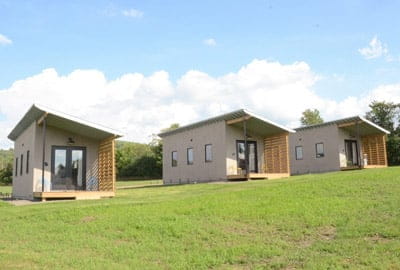
Just placing the maximum number of tiny houses on an acre of land without considering quality of life is a misstep. It's essential to integrate green space for tiny home community residents and maybe even a community center. Additionally, account for utilities. It's not just about how many tiny homes, but how well they're integrated into the land. If two houses barely have a minimum distance between them or have too low ceiling height, it may deteriorate the convenience and comfort of their residence. In the end, it's all about balancing practicality with privacy concerns.
This is a crucial issue when you plan to build tiny homes. In the context of building codes and zoning requirements:
Drawing a line under what we've just said, the allure of tiny living is not just about minimizing space but maximizing life quality. Even so, this advantage plays a very significant role in boosting the popularity of tiny houses. However, the number of tiny houses is not its only forte. And when pondering "how many houses per acre?", it's vital to integrate space efficiency, legal requirements, and the well-being of potential residents.
Yes, typically, tiny houses on wheels face stricter regulations, often classified under RVs (park model vehicles).
This largely depends on zoning regulations and land usage policies.
Local laws, especially zoning ordinances and building codes, dictate the number of houses allowed, minimum square footage requirements, and utility setups, among other things.
Yes, mobile home parks typically allow any tiny house on wheels.
Such kind of a tiny house may have a swimming pool, a fitness center area, kitchen and bar zone, entertainment room, and so on.
The International Residential Code as well as federal and state laws dictate the most basic rules for residential units, including tiny houses. They prescribe how many rooms tiny houses should have, their minimal square footage, and other requirements essential for decent living.
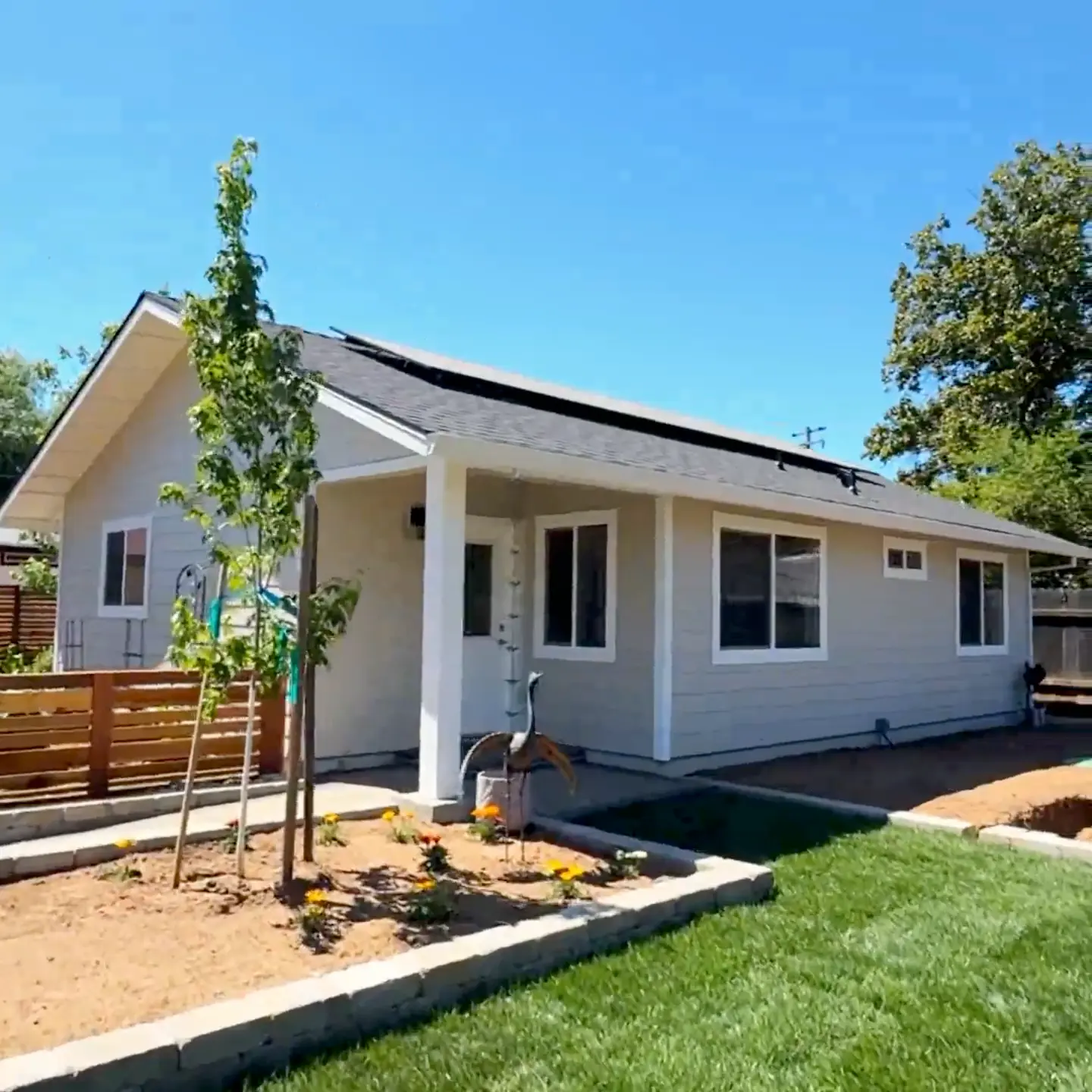
Get a First Look at Real ADU Projects